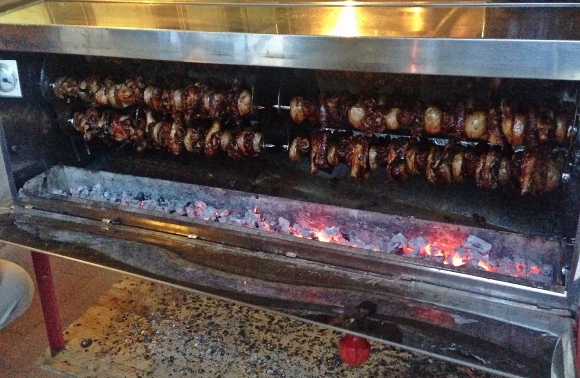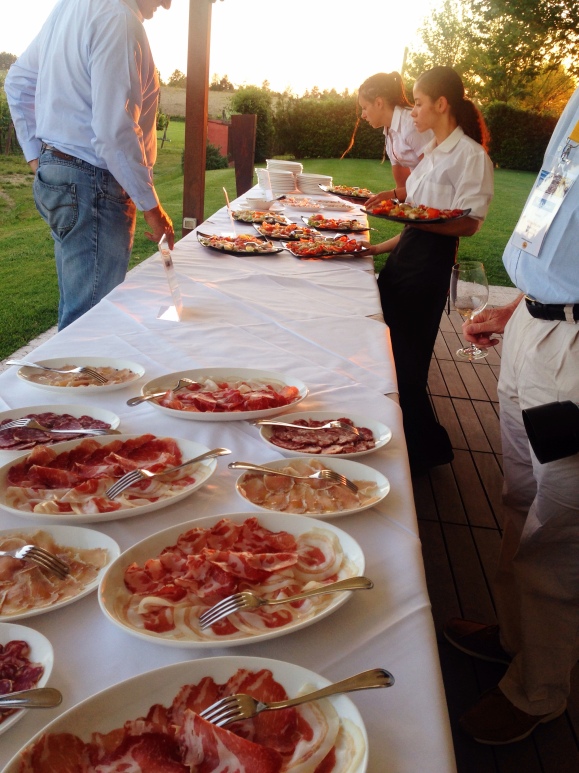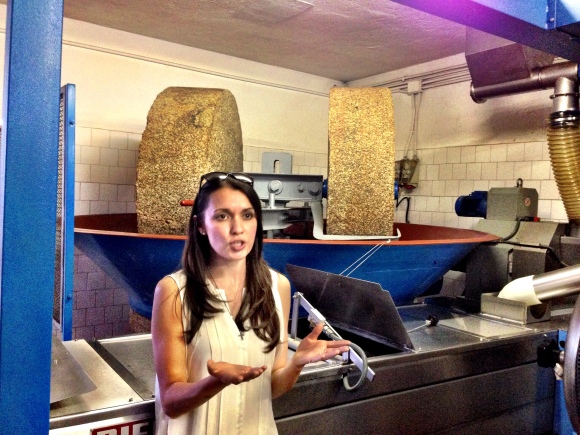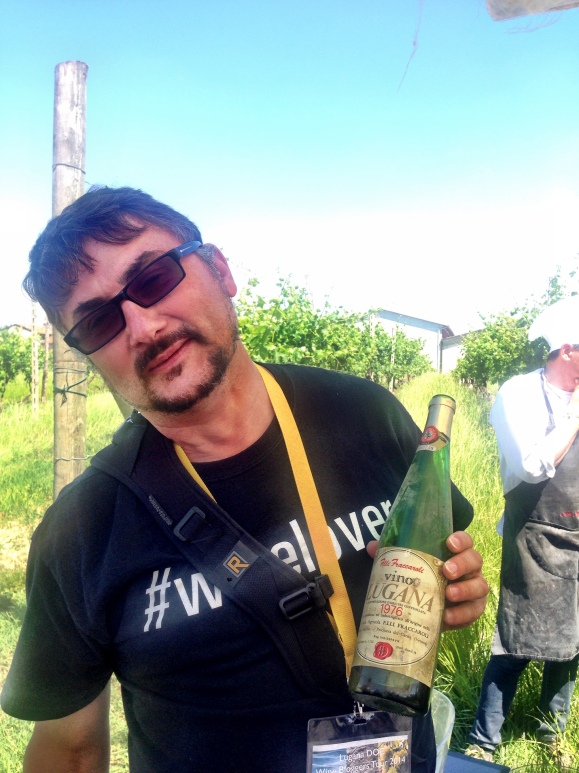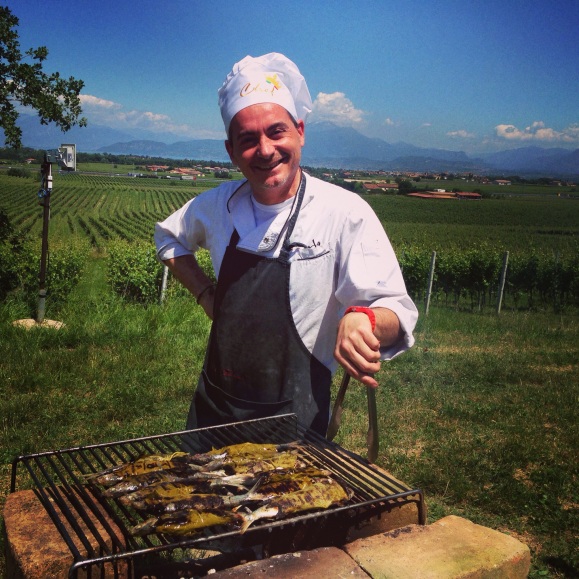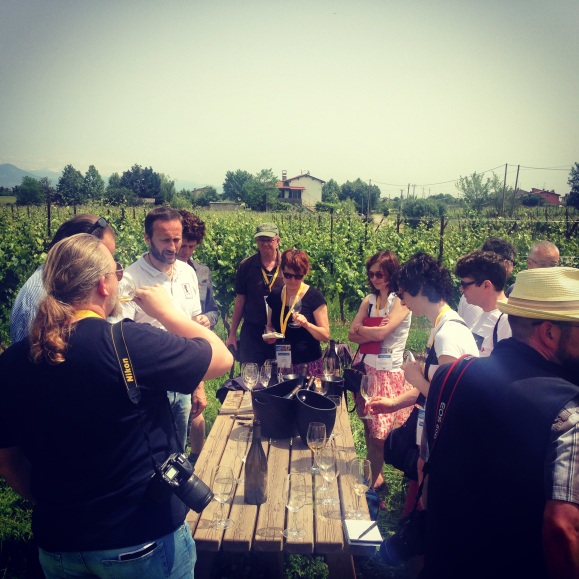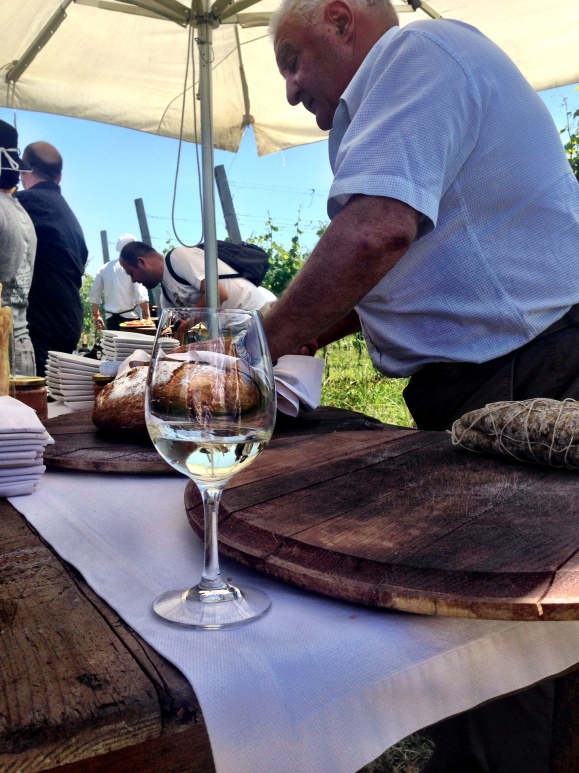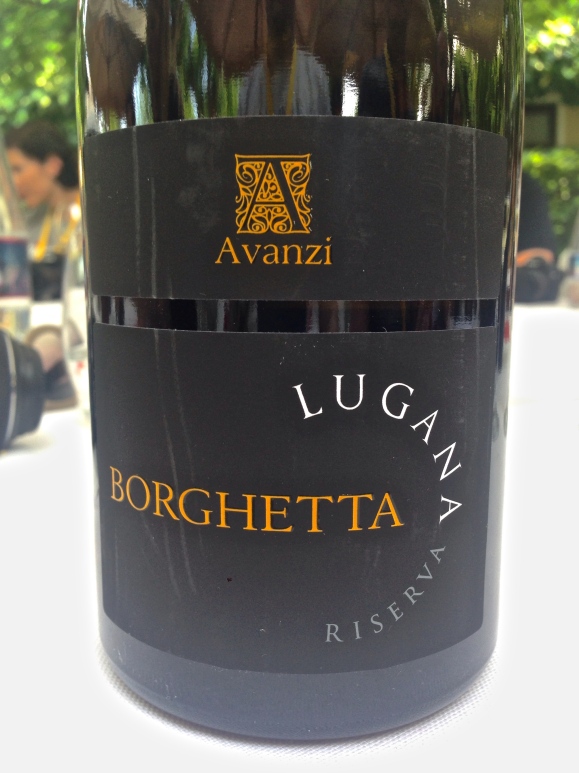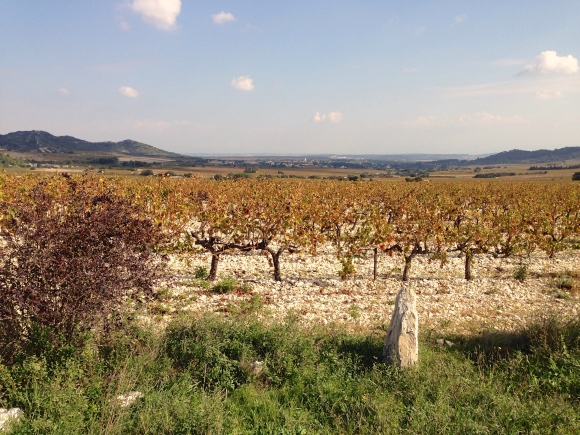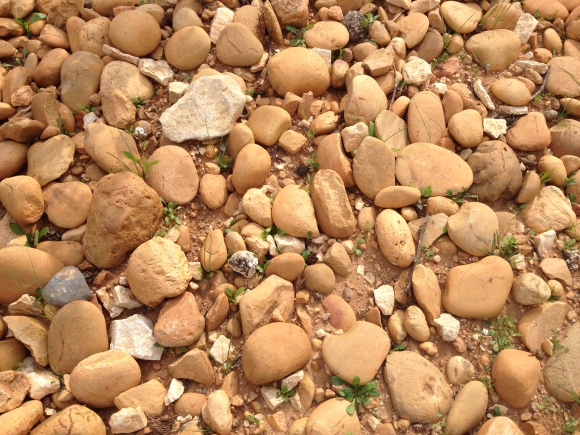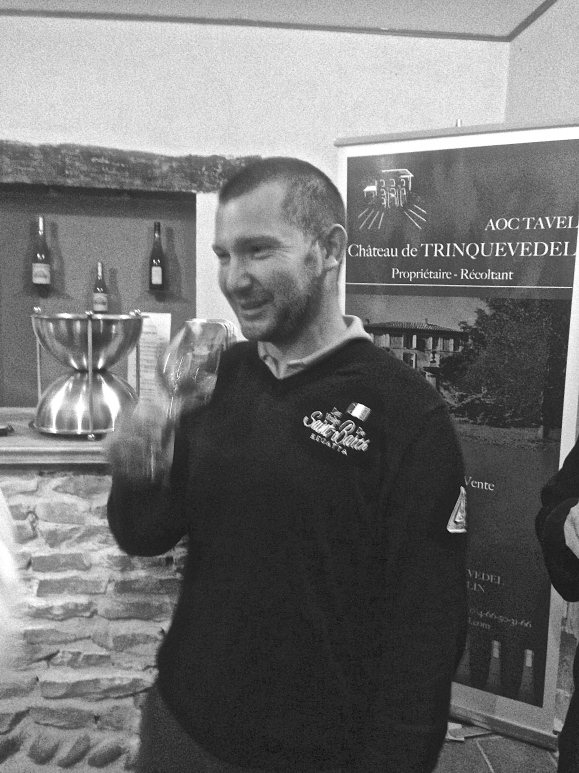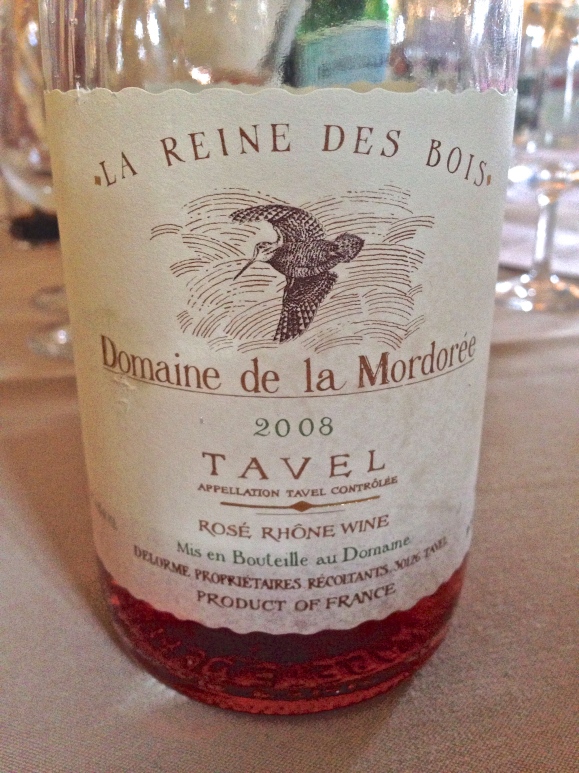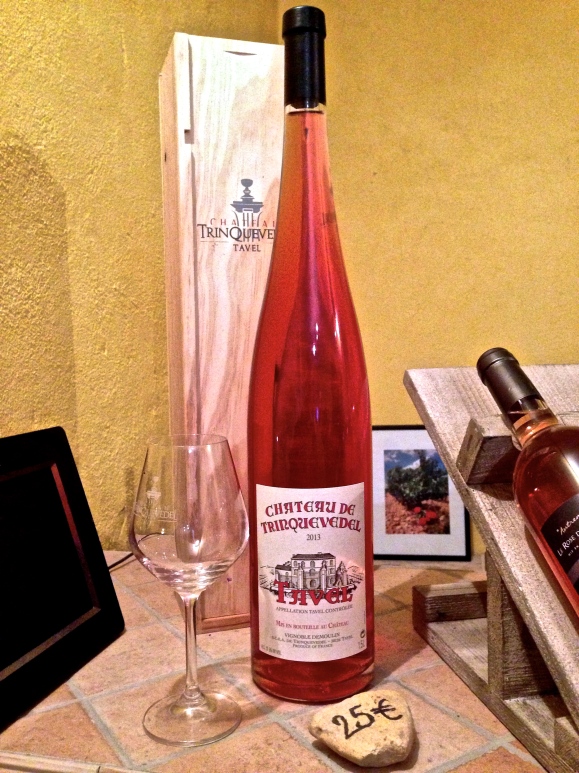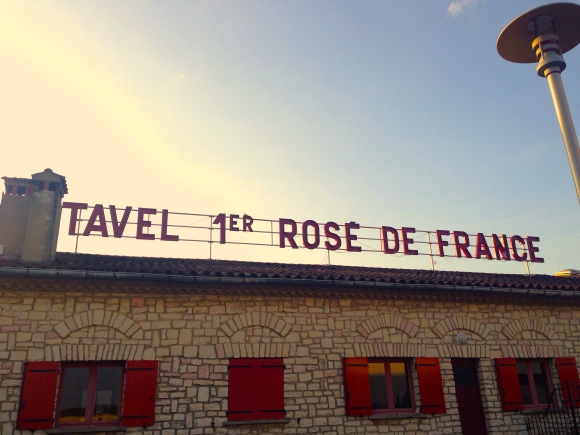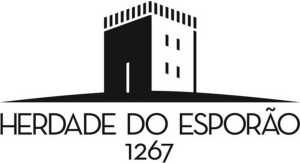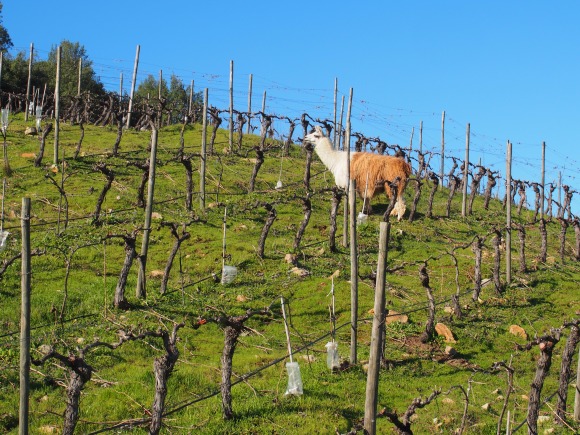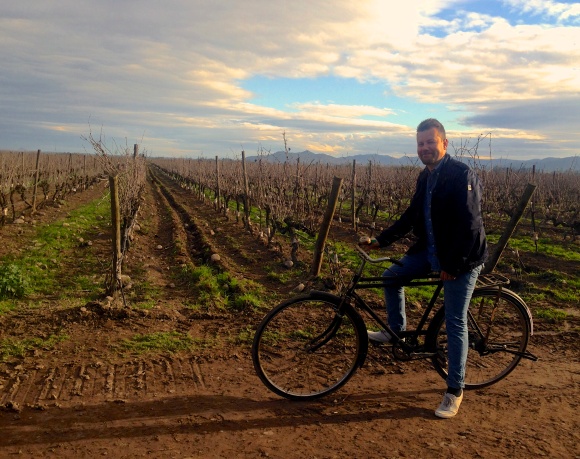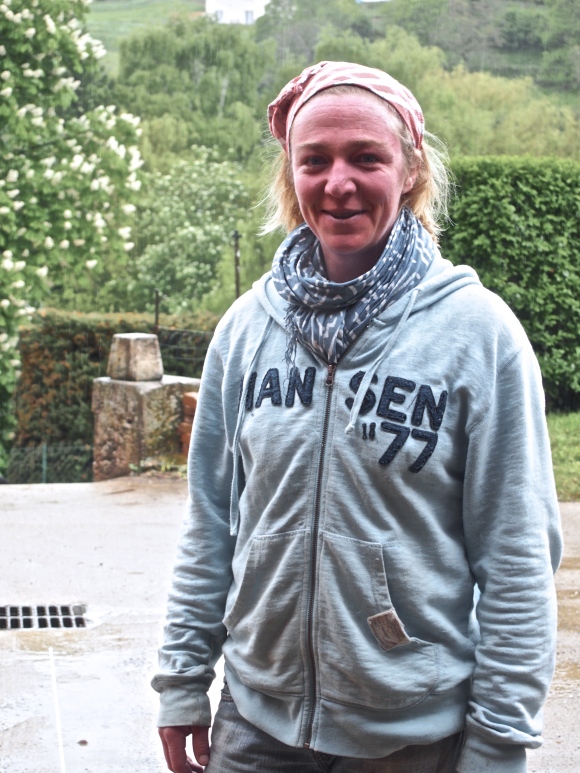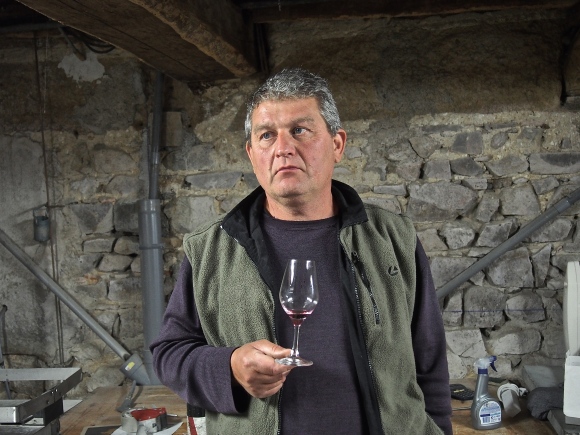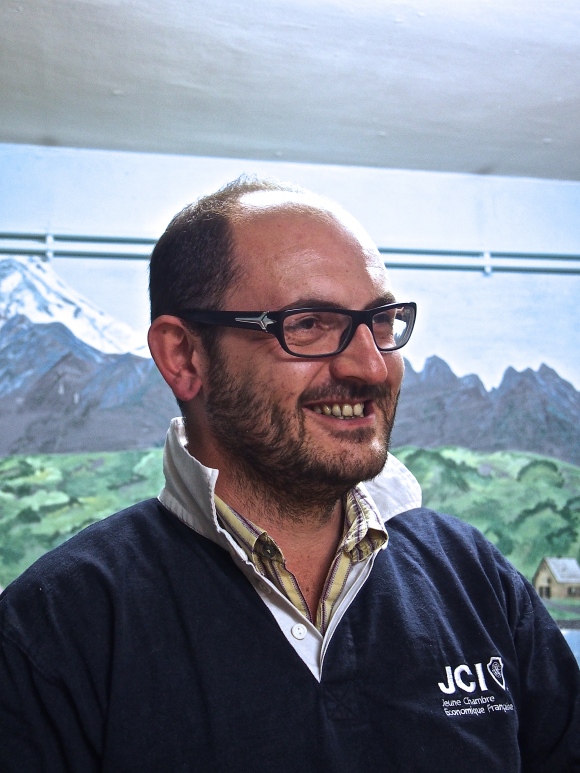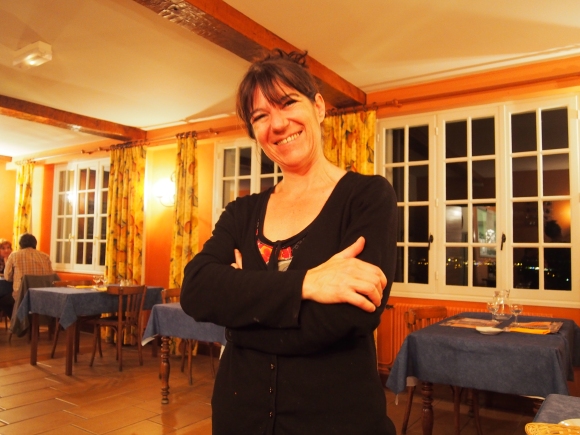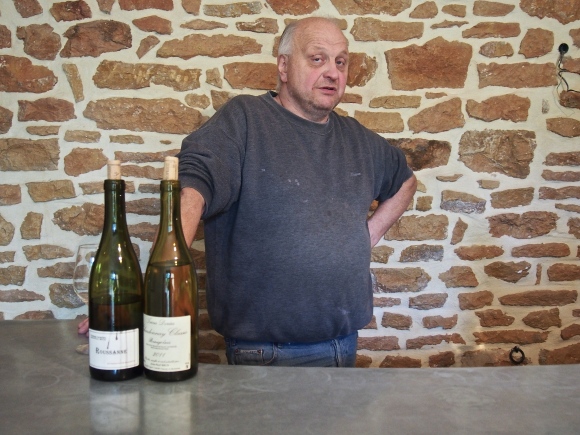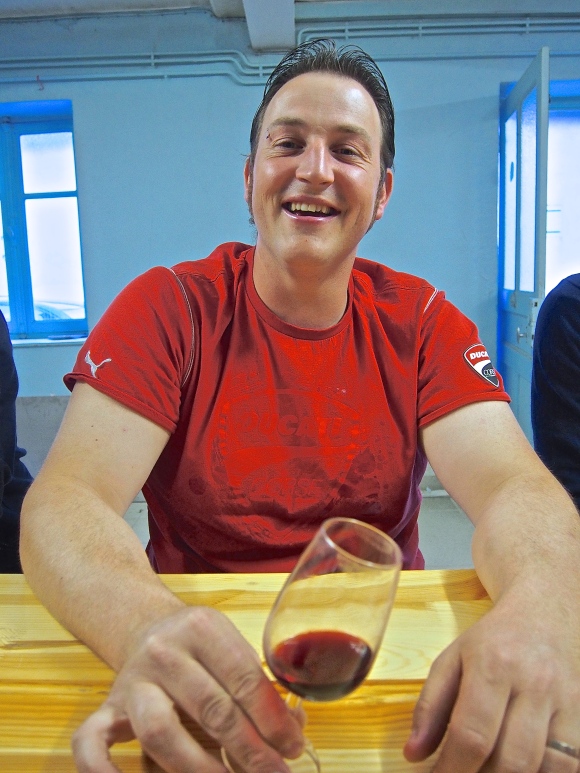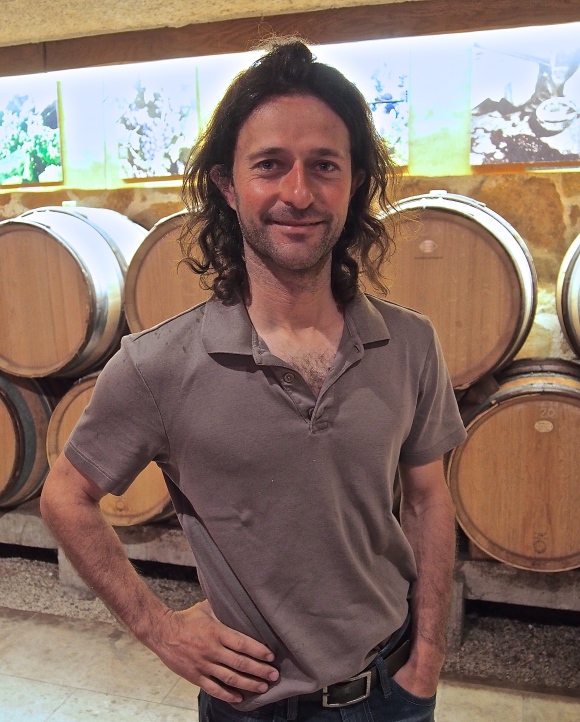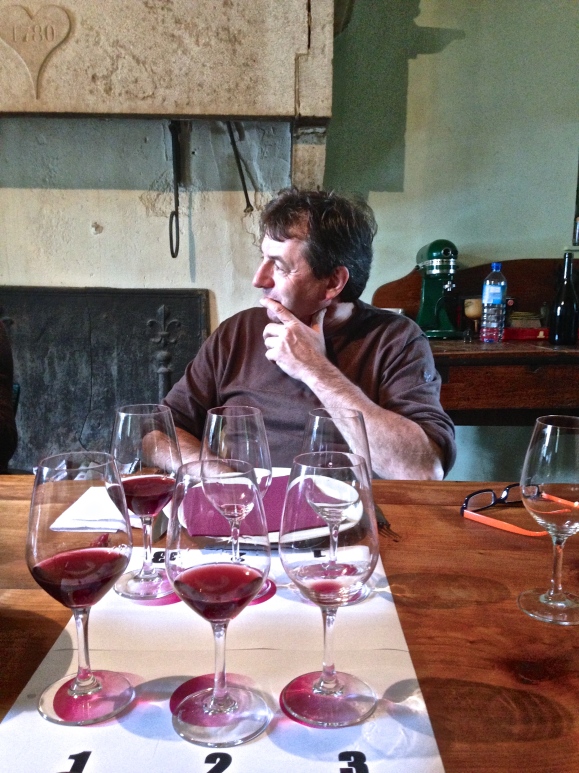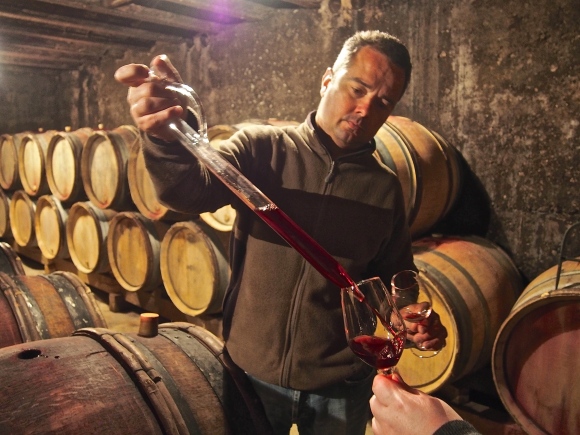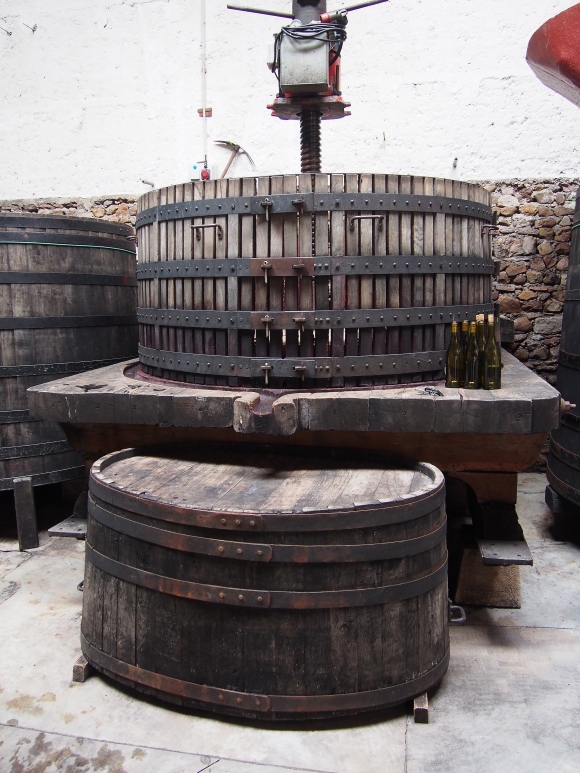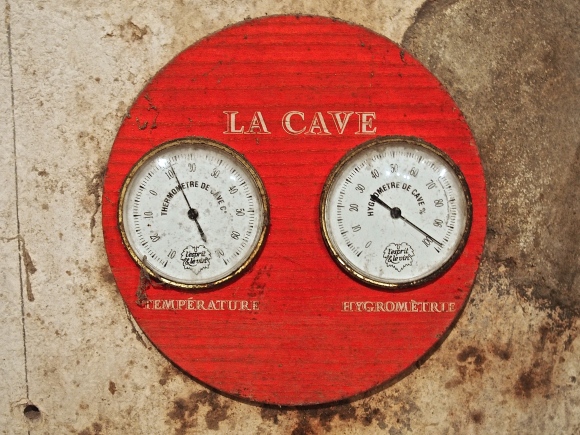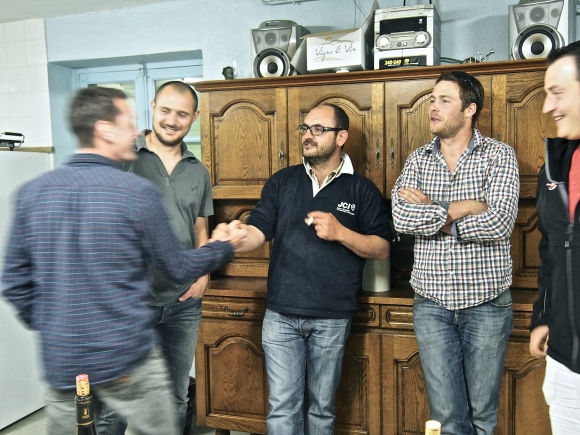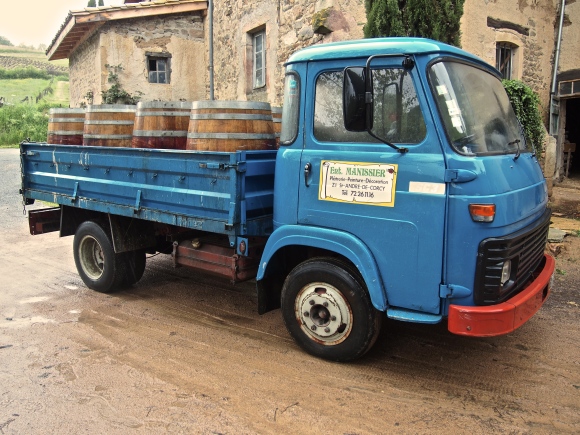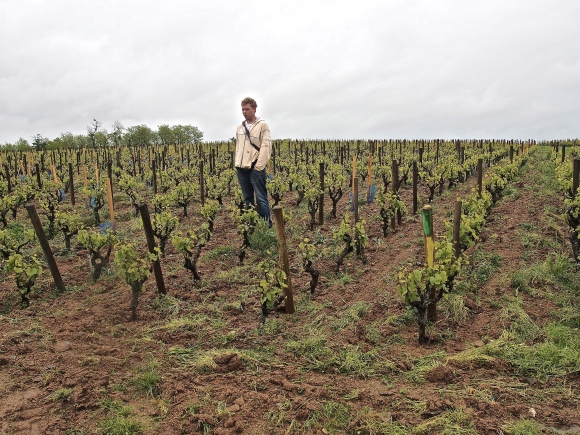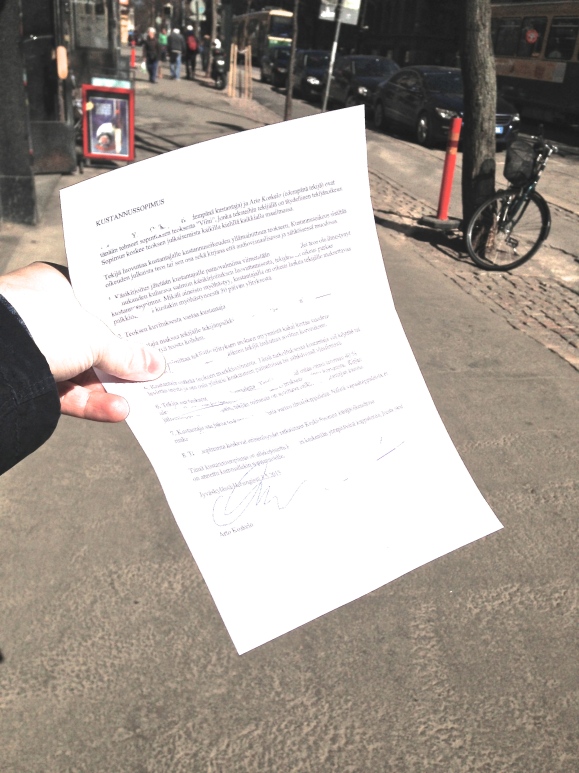Colli Piacentini is an unique combination of two Italian regions: Emilia-Romagna and Piemonte. The rolling hills take your thoughts towards Piemonte more than the flat lands of Emilia-Romagna. That’s not all: the Piemontese influences are also present in the grapes, since both Barbera and Bonarda have originated in the region West of Emilia. One thing makes the wines of Colli Piacentini extremely Emilian though. When a wine lover pours a sip of local red on his tongue, the chances are quite high that he or she will experience a sparkling sensation.
Let’s work through the alphabets of Colli Piacentini, shall we?
Barbera – The main variety for Colli Piacentini rosso is known for it’s juicy red fruit, high acidity and moderate tannic structure. At the most famous parts of Piemonte, Barbera is usually considered a second tier variety next to king Nebbiolo, but there’s no obvious need to put them in hierarchy. It’s a bit like comparing Michelin-star dish to the best pizza in town. There’s a need and space for both and it is not always certain which one is actually more tasty.
Bonarda – Piemontese variety should officially be called Croatina around Colli Piacentini because the name Bonarda has been registered by Piemontese producers. Since we are talking about Italy, the informal customs usually beat the official regulations and most producers continue to talk about Bonarda. Wine, politics and local identities go hand in hand. The thick skinned Bonarda provides the blends with structure and colour.
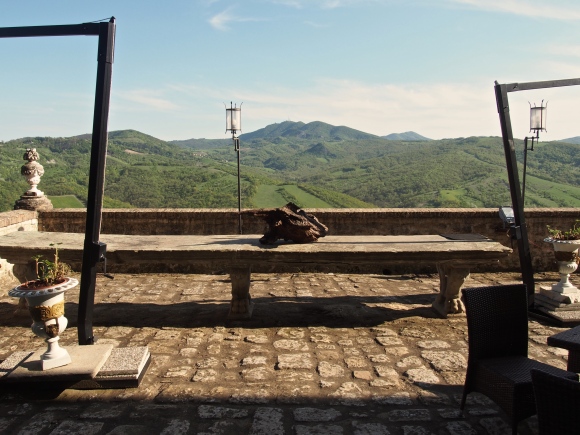
Vigoleno castle is built on a beautiful spot. Also great for defending the villagers from hoarding barbarians.
Gutturnio – The most well known wine coming from Colli Piacentini is called Gutturnio after a Roman vessel they used to drink from, apparently many people at the same time. Sounds nice, right? The name is highlighting the ancient traditions of the area successfully. Gutturnio is a blend of Barbera and Bonarda and the former one leads the show with 50% or more. What makes Gutturnio special is that in can end up in the glass as a normal red wine or as a slightly sparkling frizzante version, which is a bit like darker toned, more vinous, version of Lambrusco. During the three days I learned to love it with local pasta dishes and salami.
At its best, the frizzante Gutturnio carries aromas of violets on the nose, has dark fruit and surprising ripe apple notes on the palate. The wines tend to end with a bitter note, like do many of the wines of Colli Piacentini, which makes them extremely food friendly. The frizzante version is often cold macerated which gives it some estheric aromas that I find displeasing in bigger amounts. That said, the still version of Gutturnio was my favourite style of Colli Piacentini. Succulent fruit with high acidic content equals to mouth watering. Some producers play around too much with oak, which Barbera in my opinion doesn’t really benefit from. Slight touch of oak on the other hand adds to complexity and together with other features of the Gutturnio produces a wine that is mouthwatering and to be taken seriously.
Malvasia di Candia Aromatica – Malvasia can be found from all over Europe in tens of different forms. Not all are even related. Colli Piacentini is the only region in Italy using the most aromatic version Malvasia Aromatica. Originally brought from Crete by the Venetians, the variety is used to produce anything from sparkling to still and sweet. According to a legend, even the polymath Leonardo da Vinci was making wine out of it.
The producers of Colli Piacentini see a market for aromatic whites that are not too fragrant. The perfumic Muscat for example is dividing the crowd and oily Gewürztraminer is not everyones cup of tea. Malvasia Aromatica is filling the gap rather successfully, especially if the producer cuts off leaves before the harvest time. The sun burns away some of the aromatic compounds which helps the wine to become more subtle. All in all, it seems that a local style to make Malvasia is currently forming. I’m not the biggest fan of aromatic white varieties, but I have to admit that some of the sweet wines are world class, nothing less. The charmat-method spumantes are fresh like Prosecco, but come with very natural kind of aromatics, that is to say without the pear drop profile often present in Prosecco. If you combine this information to the low price point the region has, there’s definetely potential.
The wines of Colli Piacentini are sold most of all in Northern Italy, but producers are looking for wider markets. Some are already highly successful but most are not big in exports. Though many of the wines are genuinely tasty and some come at a tempting price point, they might not be the easiest sell, however.
With bubbles or without? – As mentioned earlier, Gutturnio can mean two styles of wine with different taste profiles. I was a bit shocked to learn that most Gutturnios are packed in similar bottles under a traditional cork, whether frizzante or still. If you don’t speak Italian or don’t posses deep knowledge on wine, you might end up combining your sirloin steak with fizzy vino. Practically speaking, the Colli Piacentini is currently selling consistent uncertainty and possible disappointments to consumers abroad. That cannot be in the best interest of producers and consumers. This matter should, in my opinion, be dealt. Interestingly enough, the local market and the export markets are like mirror images of each other. In Northern Italy 3 out 4 Gutturnios come with the fizz but abroad it’s more or less the opposite. I’d reserve the Gutturnio name for one of the two styles and rename the other to avoid confusion. If this is a too big of a leap, I’d make sure that consumer can recognise the frizzante version by looking at the bottle. I’m suggesting a distinctive bottle shape most producers would use at export markets. Frizzante red wine in a Bordeaux-bottle closed with a traditional cork might not be a winning combination abroad, to put it lightly here.
The fame of the region? – Emilia-Romagna is world famous for its food products, such as Parmeggiano, Parma ham and Balsamico di Modena, but also for its luxury cars like Ferrari, Lamborghini and Maserati. The area of Piacenza is famous on a national level for its charcuteries, salamis and of course Grana padano -cheese. The wines are not yet on that level. The situation is not made easier by the fact that many of the labels in local wine bottles don’t have a common theme to bind products together even within the portfolio of a singular producer. If the Colli Piacentini want to breakthrough on wider markets, recognisable brand entity Colli Piacentini would help.
The Austrians have done pretty well by putting their flag colours on capsules. The consumers recognise Châteauneuf-du-Pape -bottles from the crest, or the Gallo Nero in Chianti Classico bottles. People tend to go for the familiar and safe, so a recognisable regional entity would serve producers well on markets yet unfamiliar with particular wineries. Building up the shared value is obviously a long project but undoubtedly one that would be beneficial for Colli Piacentini.
In my opinion, there is a constant need for interesting, authentic and approachable quality wines that have a recognisable style, have a story to tell and most importantly, deliver. Colli Piacentini possesses all of these features.
Here are some of my personal favourites from the 42 producers of Colli Piacentini. I tasted wines from around 20 and the list reflects this.
Villa Tavernago
Torre Fornello
Torri
La Ciocca
Terzoni
Loschi Enrico
Casa Benna

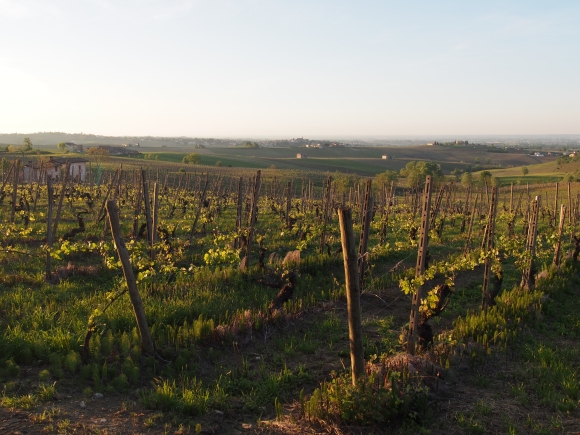
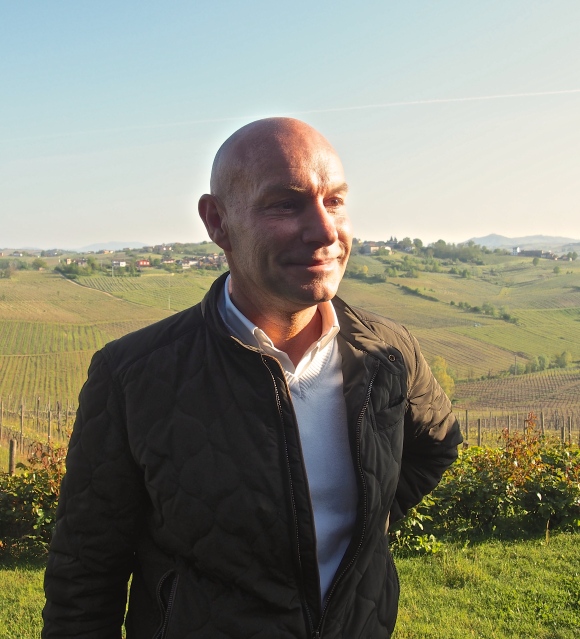


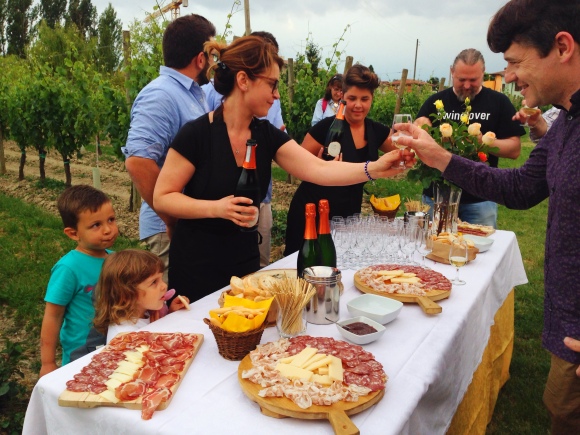 This article comes at a crucial time for Lugana, since the region is threatened to lose 20% of its vineyards to a hi-speed train the government wants to build where the vines now thrive. In the end of this post you’ll find a link to a petition. If you feel like it, please fill your name and email and join the cause. Prime minister of Italy will receive the petition and will hopefully decide not to build the train track on terrain that costs 200.000 euros per hectare and happens to produce some of the very best white wines Italy has to offer to the world.
This article comes at a crucial time for Lugana, since the region is threatened to lose 20% of its vineyards to a hi-speed train the government wants to build where the vines now thrive. In the end of this post you’ll find a link to a petition. If you feel like it, please fill your name and email and join the cause. Prime minister of Italy will receive the petition and will hopefully decide not to build the train track on terrain that costs 200.000 euros per hectare and happens to produce some of the very best white wines Italy has to offer to the world.
